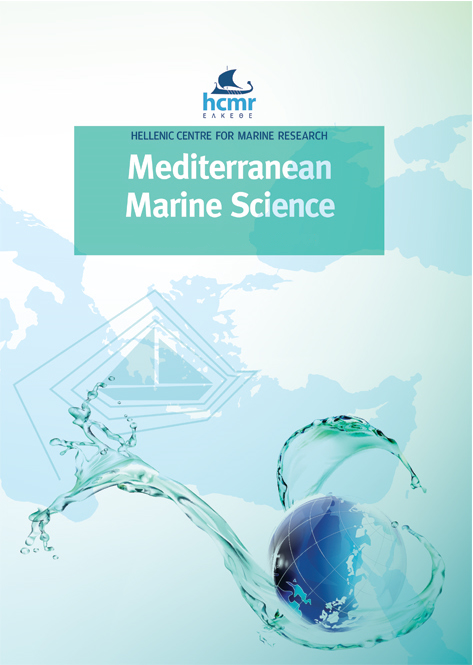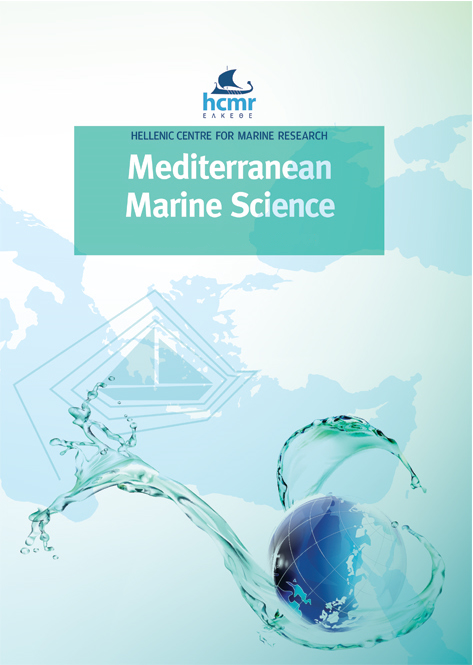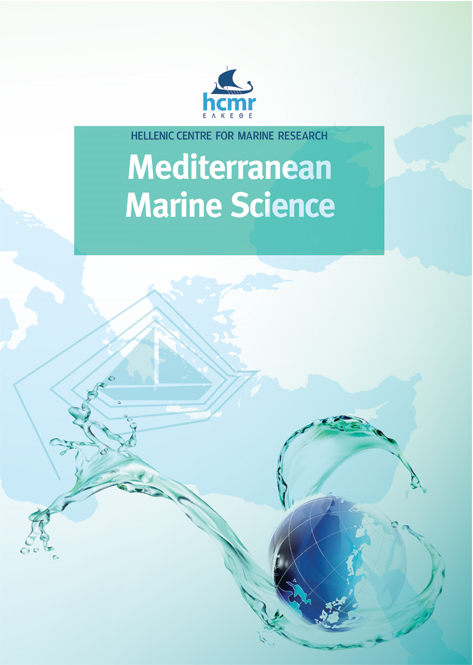Basin-scale occurrence and distribution of mesophotic and upper bathyal red coral forests along the Italian coasts
Abstract
The analysis of 879 ROV dives carried out along the Italian coasts on hard substrata at mesophotic and upper bathyal depths (40-775 m) allowed us to evaluate the current basin-scale presence, relative abundance, bathymetric limits, and habitat preferences of one of the most charismatic Mediterranean habitat-former anthozoan species, Corallium rubrum (Linnaeus, 1758). The species is widespread, and its occurrence ranged from 13% of the explored sites in Ionian Calabria to a hotspot of approximately 80% in Sardinia. Population relative densities were generally low (< 10 colonies m-2), except along the Sardinian coasts and in some areas along the Apulian coast. Almost no red coral colonies were observed between 60 m and 590 m in the nine explored offshore seamounts in the Ligurian and Tyrrhenian Seas. A distinctive coastal distribution discontinuity was found in the Ionian Sea. The optimum bathymetric distribution was between 75 m and 125 m, and no colonies were found below 247 m. Red coral colonies showed a preference for biogenic habitats dominated by crustose coralline algae (CCA) and vertical substrata. The species was absent on iron wrecks. Corallium rubrum disappeared from 14% of the historical fishing banks, while it was confirmed in 86% of them, some of which have been deeply harvested in the past. In particular, the still flourishing Sardinian populations could be supported by the high reproductive potential and favourable hydrodynamic conditions in the area.
Article Details
- Zitationsvorschlag
-
TOMA, M., BO, M., CATTANEO-VIETTI, R., CANESE, S., CANESSA, M., CANNAS, R., CARDONE, F., CARUGATI, L., CAU, A., CORRIERO, G., FOLLESA, M. C., MERCURIO, M., GRECO, S., ANDALORO, F., & BAVESTRELLO, G. (2022). Basin-scale occurrence and distribution of mesophotic and upper bathyal red coral forests along the Italian coasts. Mediterranean Marine Science, 23(3), 484–498. https://doi.org/10.12681/mms.28052
- Rubrik
- Research Article
Authors who publish with this journal agree to the following terms:
- Authors retain copyright and grant the journal right of first publication with the work simultaneously licensed under a Creative Commons Attribution Non-Commercial License that allows others to share the work with an acknowledgement of the work's authorship and initial publication in this journal.
- Authors are able to enter into separate, additional contractual arrangements for the non-exclusive distribution of the journal's published version of the work (e.g. post it to an institutional repository or publish it in a book), with an acknowledgement of its initial publication in this journal.
- Authors are permitted and encouraged to post their work online (preferably in institutional repositories or on their website) prior to and during the submission process, as it can lead to productive exchanges, as well as earlier and greater citation of published work (See The Effect of Open Access).














